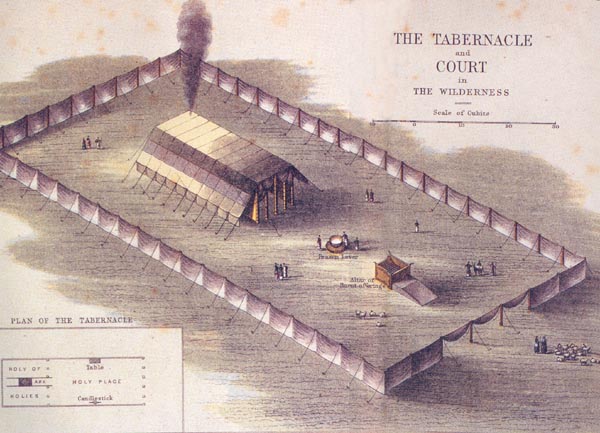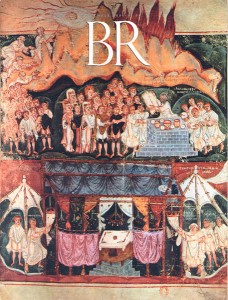
The patriarchs Abraham, Isaac and Jacob invoked the Lord at simple outdoor altars apparently built for the occasion. King Solomon, however, built the Lord a permanent home, the Temple in Jerusalem. Midway between these two biblical traditions stands the portable Tabernacle that housed the Ark of the Covenant during the Israelites’ desert trek from Egypt to the promised land.
The Tabernacle (Mishkan in Hebrew) has long been the subject of scholarly controversy. In the 19th century, skeptics claimed it was simply a fiction, fabricated by priests during or after the Babylonian Exile. This view has persisted, particularly as support for the contention that the text was composed at that time.
Archaeological evidence, however, is now available to rebut this position.
If the Tabernacle as a structure had been invented by someone during or after the Exile, we would expect to find parallels in Mesopotamia in the sixth and fifth centuries B.C., not in Egypt during the 13th century B.C. and earlier. But precisely the opposite is the case. Parallels are found in Egypt, not Mesopotamia. Moreover, the time period fits quite closely the dates to which the Bible ascribes the Tabernacle.
Already a library member? Log in here.
Institution user? Log in with your IP address.

